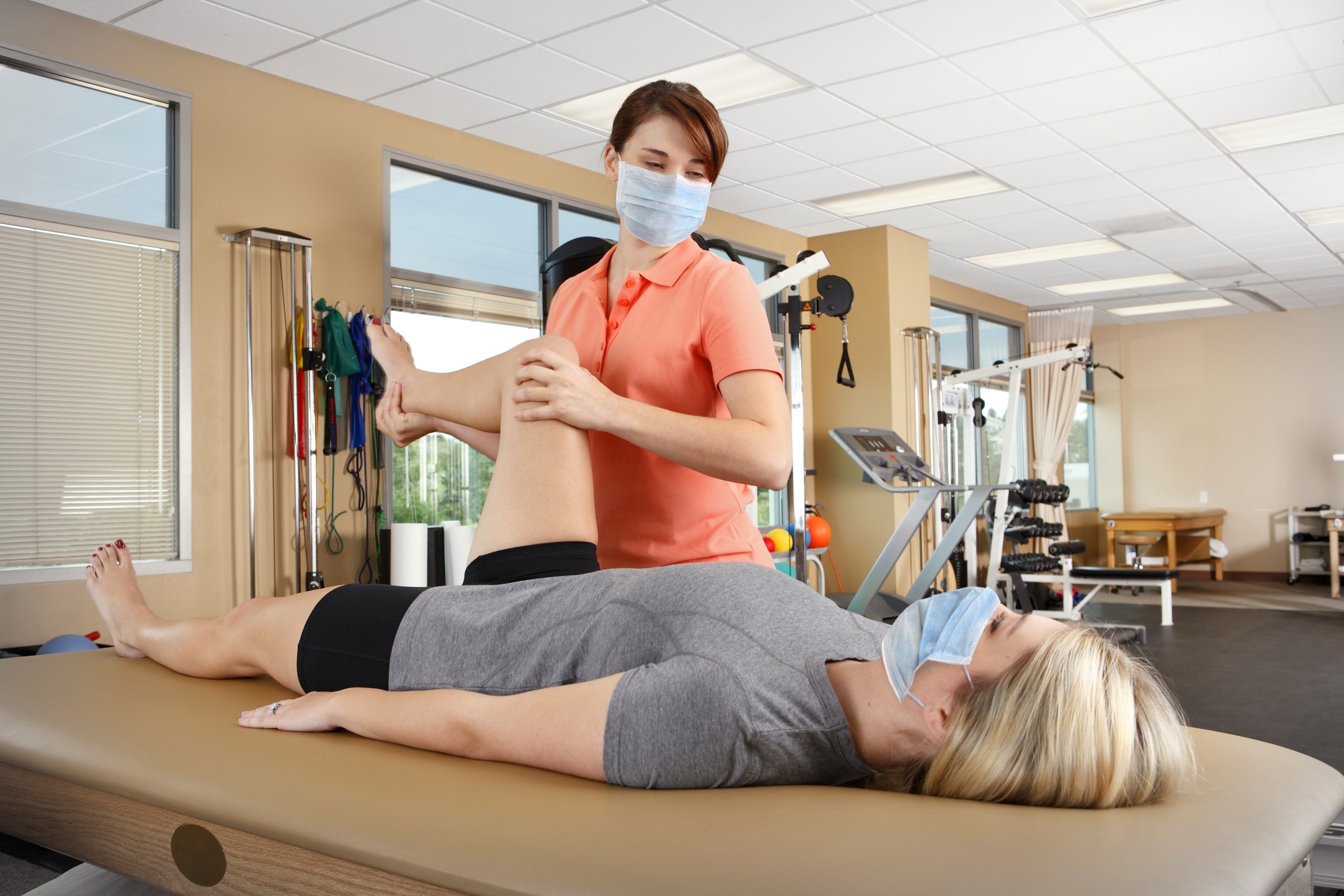Enhancing Performance and Reducing Harm Risk via Comprehensive Assessment of Equilibrium and Stability through Functional Mobility Assessment.
Enhancing Performance and Reducing Harm Risk via Comprehensive Assessment of Equilibrium and Stability through Functional Mobility Assessment.
Blog Article
Balance and steadiness are crucial components of bodily fitness and overall health. They play a vital role in daily tasks, athletic capability, and harm prevention. When an individual has good balance and stability, they are less likely to fall or incur injuries during physical activities. One effective way to assess these qualities is through Functional Motion Assessment (FMS). FMS is a method used to analyze motion patterns and identify discrepancies or deficiencies that could result to harm.
Functional Motion Assessment includes a sequence of particular tests that examine how effectively a individual functions. The tests concentrate on basic actions such as squat, lunging, and bending. By observing these movements, trainers and healthcare professionals can identify areas where an individual may struggle. For instance, if someone has difficulty keeping balance while executing a squatting, it may suggest a need for specific exercises to improve strength and coordination. This assessment not only identifies weaknesses but also helps to track progress over time.
In addition to identifying areas for improvement, FMS serves a vital part in avoiding harm. Many damages occur as a result find out of inadequate motion mechanics, which can be detected through practical evaluations. By tackling these issues early on, people can lower their risk of injury during sports or other bodily exercises. For instance, a runner who demonstrates an imbalance in their stride may be more prone to knee harm. By adjusting these discrepancies through specific training programs, the likelihood of injury can be significantly reduced.
Additionally, improving performance is another advantage of performing a thorough assessment of balance and steadiness. Sportspeople and engaged individuals often seek to enhance their capability in particular sports or exercises. A comprehensive try here understanding of their movement patterns allows coaches to develop customized exercise regimens that target particular weaknesses. By improving equilibrium and steadiness, athletes can enhance their total capability, whether it’s jogging faster, jumping taller, or performing exact actions in their activity.
In conclusion, the importance of evaluating equilibrium and stability through Functional Motion Assessment cannot be overstated. This comprehensive evaluation serves as a foundation for improving physical wellness, avoiding injuries, and improving sporting performance. By identifying areas of deficiency and implementing targeted exercise strategies, people can attain better results in their physical activities. Emphasizing equilibrium and steadiness not only leads to improved capability but also contributes to a more wholesome, more active lifestyle.